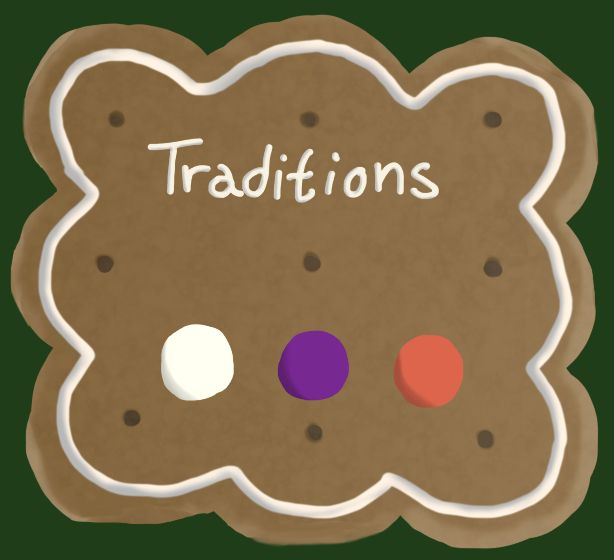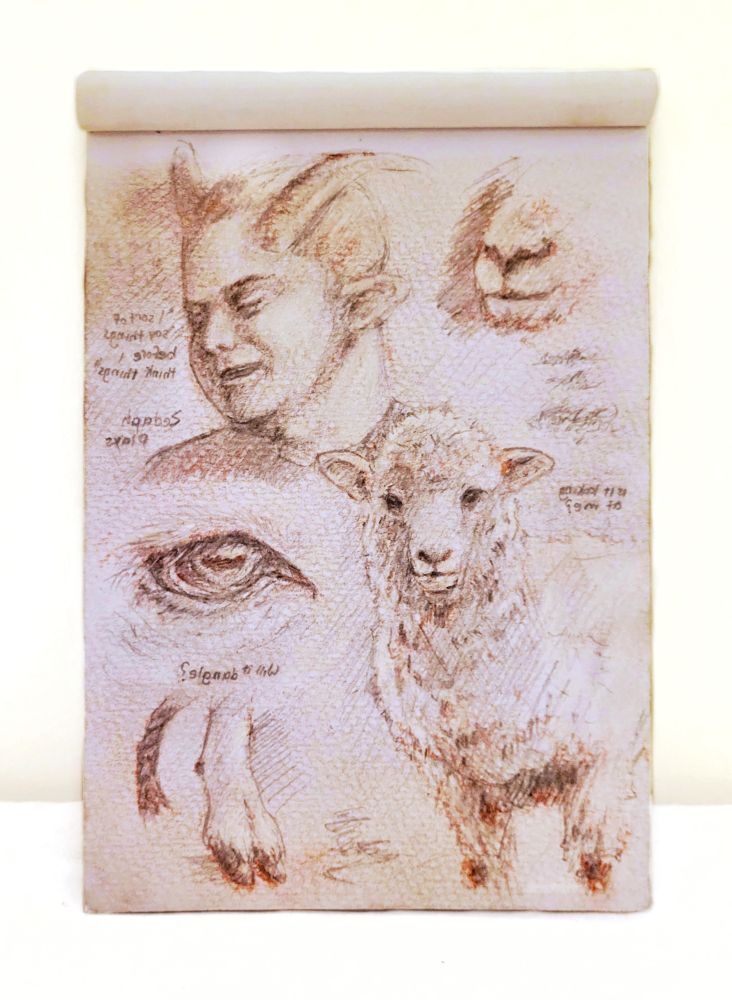One of my favourite Christmas carols is "Carol of the Bells" which, if you didn't know, is originally from Ukraine 💙💛



One of my favourite Christmas carols is "Carol of the Bells" which, if you didn't know, is originally from Ukraine 💙💛
I'm a big fan of those thumbprint cookies with jam in the middle. I spent a little more than 10 minutes on this one but it's ok, I was having fun🩷



I'm a big fan of those thumbprint cookies with jam in the middle. I spent a little more than 10 minutes on this one but it's ok, I was having fun🩷
My family always stuffs dates with cream cheese and walnuts while we are getting ready to make Christmas food, so that way we can snack on them while we cook 🩷



My family always stuffs dates with cream cheese and walnuts while we are getting ready to make Christmas food, so that way we can snack on them while we cook 🩷
I'm proud of myself for only using the prompt colors for this one



I'm proud of myself for only using the prompt colors for this one
Every year, my family and I decorate fresh oranges with cloves. When you push cloves into an orange, it fills the room with a warm, spiced scent that I always associate with the holidays.



Every year, my family and I decorate fresh oranges with cloves. When you push cloves into an orange, it fills the room with a warm, spiced scent that I always associate with the holidays.
Day 1 was especially low effort because I also made the calendar itself that day.
Under the icing of each cookie is a prompt + 3 colors I need to use. I can use other colors too, but the goal is simplicity, so every doodle needs to be completed in under 10 mins.



Day 1 was especially low effort because I also made the calendar itself that day.
Under the icing of each cookie is a prompt + 3 colors I need to use. I can use other colors too, but the goal is simplicity, so every doodle needs to be completed in under 10 mins.

#docm77fanart #docm77 #hermitcraftfanart #hermitcraft

#docm77fanart #docm77 #hermitcraftfanart #hermitcraft
#docm77fanart #docm77 #hermitcraftfanart #hermitcraft


#docm77fanart #docm77 #hermitcraftfanart #hermitcraft

#kpopdemonhuntersfanart #kpdhfanart #docm77fanart

#kpopdemonhuntersfanart #kpdhfanart #docm77fanart


#hermitsky #hermitcraft
#hermitaday #hermitadaymay #hermitcraft #hermitcraftfanart #ethoslab #ethoslabfanart

#hermitaday #hermitadaymay #hermitcraft #hermitcraftfanart #ethoslab #ethoslabfanart

#hermitaday #hermitadaymay #skizzlemanfanart #skizzleman

#hermitaday #hermitadaymay #skizzlemanfanart #skizzleman
#hermitaday #hermitadaymay #Hermitcraftfanart

#hermitaday #hermitadaymay #Hermitcraftfanart
#hermitaday #welsknightfanart #Hermitcraftfanart #hermitcraft

#hermitaday #welsknightfanart #Hermitcraftfanart #hermitcraft










